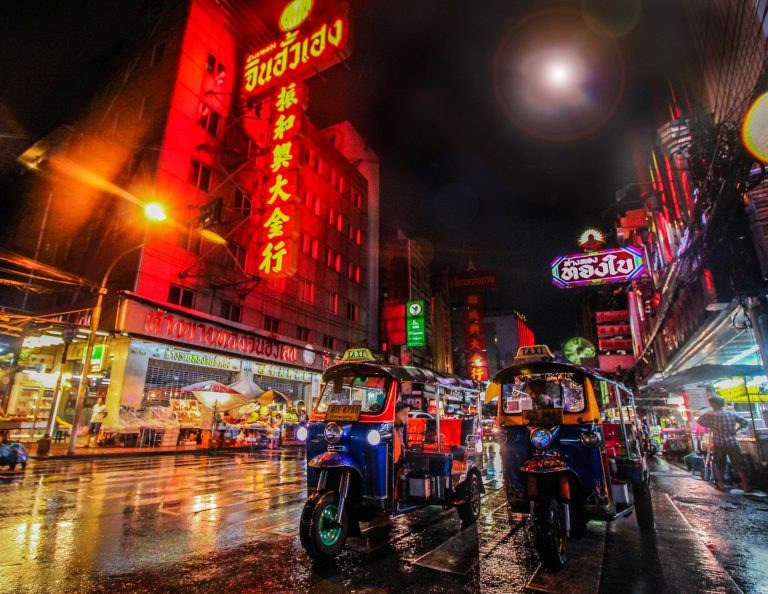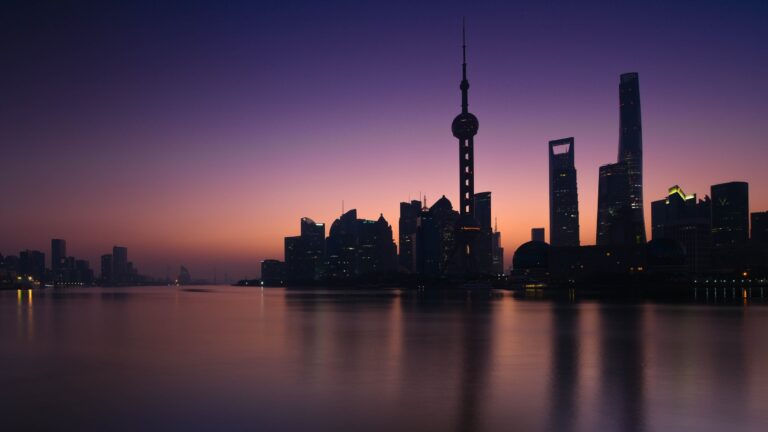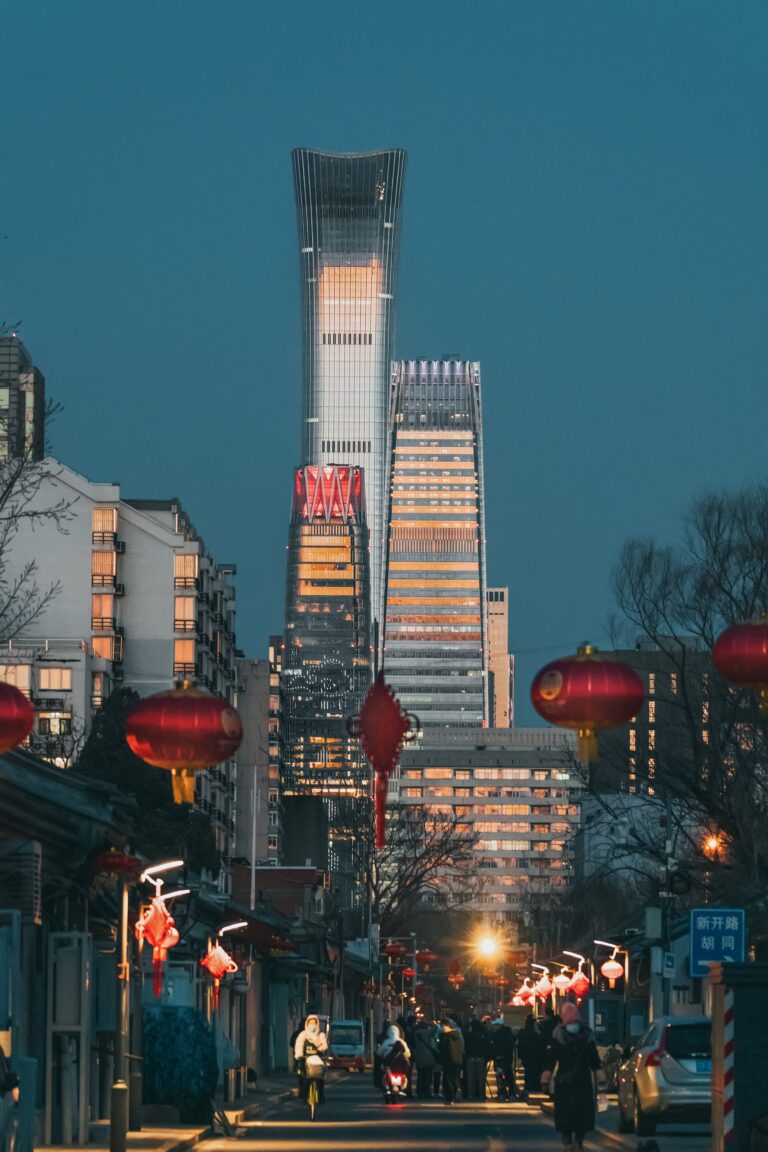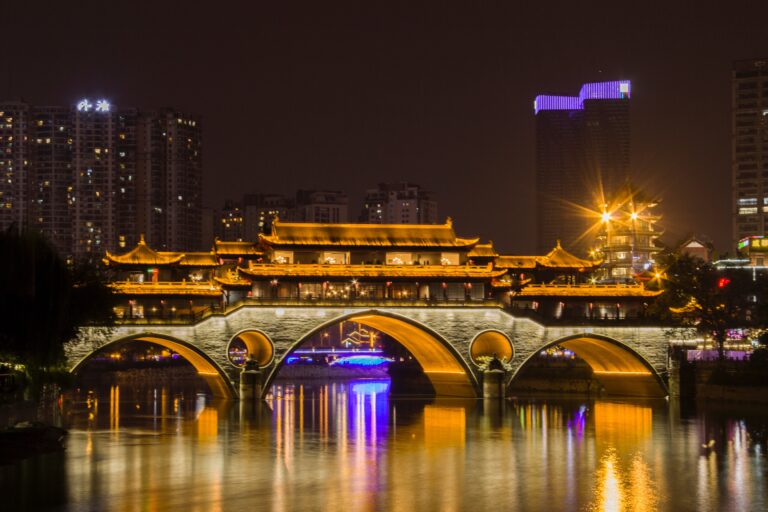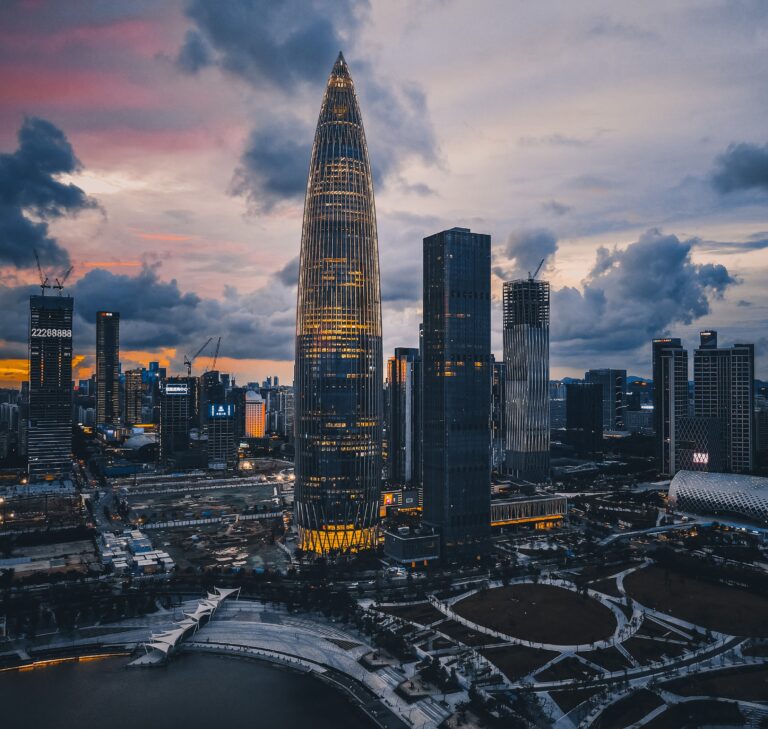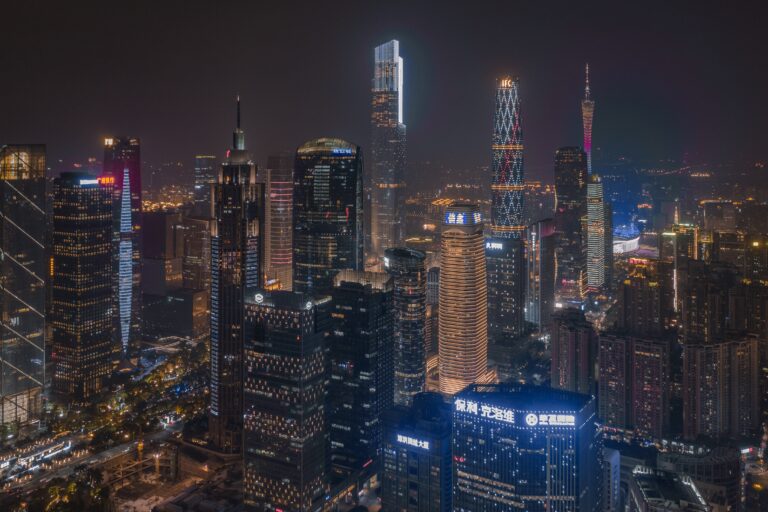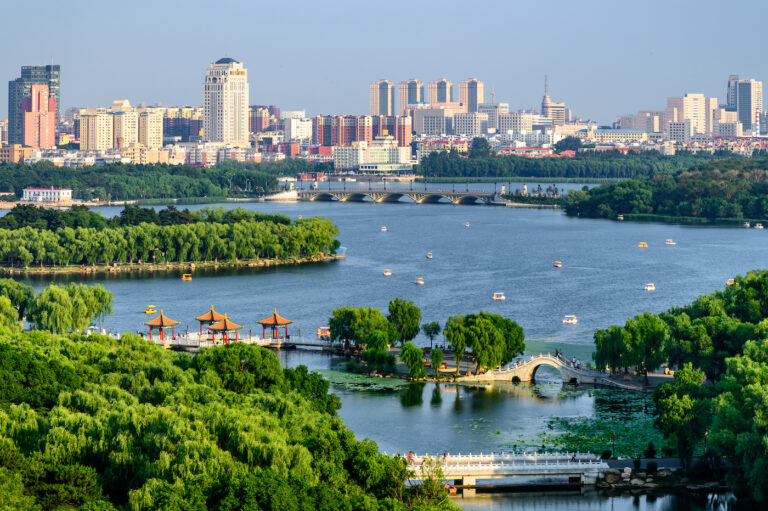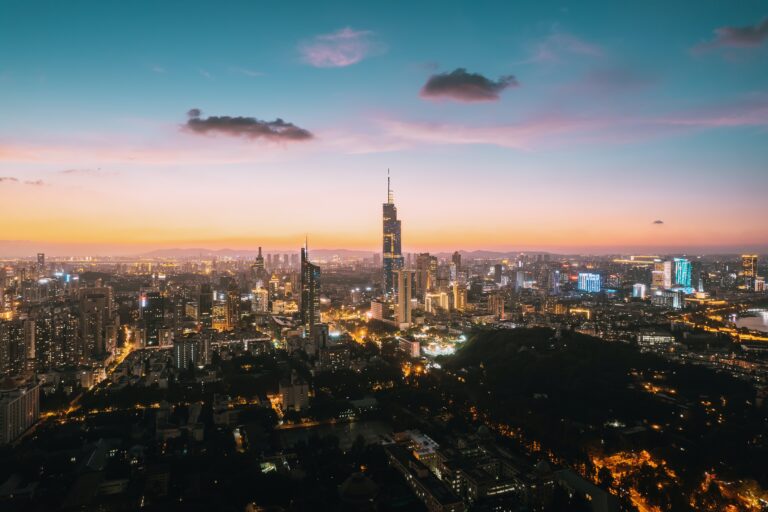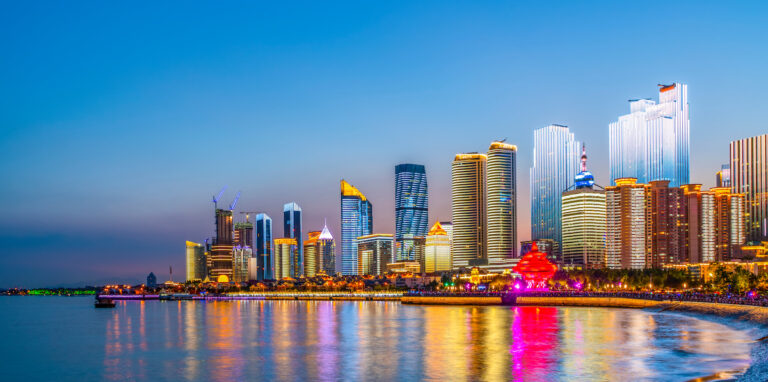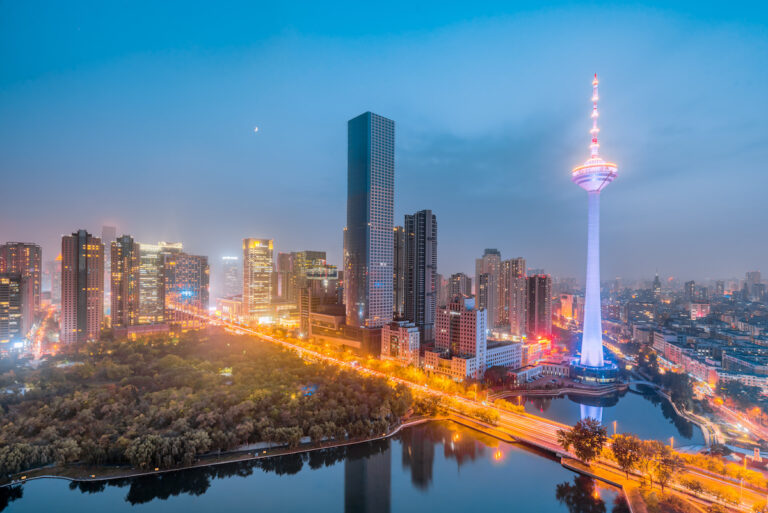This is the first part of a seminar given at the Mission to the World (MTW) West Coast Missions Conference 2015 in San Diego, California. Check back tomorrow and Thursday for the rest of the series.
Missions – What Are the Challenges We Face Today?
People tend to view challenges in missions or in the church as unique to our period of time, but in fact, many are issues the church has previously faced. For example, one critique dominating discussion today in churches and missions organizations is that our youth are not as committed to missions as previous generations; but this issue actually faced mission societies in the early 1900s. Church and missions leaders are asking the same questions as previous generations – how do we effectively engage our congregation, how do we encourage generous giving to both world and home missions, and how do we make missions a vibrant component of our DNA?
Many of the challenges we face today have to do with decisions made by previous generations. Missions societies and churches in the 1800s made strategic decisions based upon the issues they were facing. They were responding to the challenges and opportunities before them. We see the same in the early 1900s and the mid 1900s. We need to learn today from the past, and ask how best to position the church for global and local outreach based upon our present challenges and opportunities.
A Brief History in Modern Missions Strategy – Why These Challenges?
It is first important to note that God has so wonderfully and powerfully worked around the world in the past several centuries, via the expansion of the gospel, through the commitment and sacrifice of missionaries. Lesline Newbigin says it well in his book The Open Secret:
“It is, of course, that the church now exists as a global fellowship present in almost every part of the world… This ‘great new fact of our time,’ as William Temple called it, is the fruit of the missionary work of the past three centuries. Whatever criticisms we may have to make of that work, nothing can take away from our sense of wonder and thanksgiving as we contemplate this new fact. All thinking about the world mission of the church today must thankfully and joyfully take account of the fact that the ‘home base’ of missions is now nothing less than the worldwide community.”
Newbigin does not mean, however, that we are not to question or analyze the mission enterprise. He says elsewhere:
“It seems wise to begin the discussion with a glance at the historical background of missions. Any attempt to deal with the present without awareness of what has gone before can only lead to distorted vision and false judgment.”
Dan Pallotta from the Harvard Business Review illustrates the importance of the knowledge of self and being able to critically ask questions not only about the external world, but our internal decisions and processes, as well. He writes:
“The exhortation to think outside the box has become ubiquitous in business. So much so that it has become the new box inside of which everyone thinks. It pays lip service to the notion of transformation without really understanding the difference between transformation and change, and often without tolerance for the real thinking that must occur for an idea to be truly outside the existing paradigm.
“But worse than that, the advice is backwards. You cannot possibly think outside the box unless you understand the nature of the box that bounds your current thinking. You must come to know that nature deeply. You must have real insight into it. You must accept it, and embrace it at some level, before it will ever release you.
“Thinking outside the box without understanding the box is a petulant exercise in resistance – every idea that comes from the process has the box written all over it. It’s a reaction to the box. It’s fighting the box. It’s a child of the box.”
We, in the Western church, need to take a step back, stop, and ask questions. We need to examine the box of mission’s strategy and emphasis as well as study the box of the world we live in today, and ask how those boxes are to interact.
1800s – The “Great Century of Missions”
The 1800s was known as the “Great Century of Missions.” The first missions societies were formed at the end of the 1700s into the 1800s, and missionaries were sent out from Europe. Many missionaries working in Africa would ship along a coffin knowing they would die on the field; many died within two years. Missionaries to China were known for going “local,” dressing like the Chinese, speaking like the Chinese, even growing their hair like the Chinese. It was expected that missionaries made a lifetime commitment.
Many missionaries during the Great Century were innovative. During this time, they were passionate about making the Bible available in local languages. Some of the best translations to date in both Arabic and Chinese were completed during this century. Hudson Taylor told his missions society that they were not allowed to solicit money, trusting that God would provide for them. Henry Venn and Rufus Anderson began talking about the indigenous church by encouraging “three-self” churches. Three-self referred to churches that were self-supporting, self-governing, and self-propagating. Venn actually encouraged the “euthanasia of missions,” suggesting that missionaries were a temporary solution to establishing indigenous churches.
We also see the specific terminology of “missions” and the “Great Commission” as key aspects of church life for the first time. William Carey and Hudson Taylor were central figures in using these terms. For many centuries, the church had focused on Jesus’ last command, but placed more emphasis on the call from Jesus to love your neighbor, or for the world to know that we are one by our love, offering hospitality. The call to be “on mission” came largely during this time.
1900s – The “Global Century of Missions”
The 20th century is known as the “Global Century of Missions” because of the rapid spread of the gospel around the world. I want to particularly focus on the development of the short-term missions movement.
Missionaries from around the world met in Edinburgh in 1910 to discuss missions and would have considered short-term missions as an oxymoron, since missionary work to them was a long-term commitment. But by the 1960s, missions organizations found themselves in a time of crisis due to a shortage of new recruits – with much of their recruiting literature addressing this “crisis.”
Three major events influenced the development of short-term missions:
Spring break in the United States was “inaugurated” in 1936 by a swimming coach at Colgate University who wanted his athletes to swim in Florida since it was warmer down south. Spring break, as we know it, did not gain popularity until the ‘60s.
The Youth Movement in the United States became popular in the 1950s and 1960s with student organizations starting to rally and stand up for things they believed in. Operation Mobilization (OM) and Youth With A Mission (YWAM) were founded in the 1950s with visions for young people going around the world with the gospel. OM strongly believed that short-term involvement should lead to a career commitment.
During the course of his presidential campaign in 1960, John F. Kennedy floated the idea that a new “army” should be created by the United States. This force would be made up of civilians who would volunteer their time and skills to travel to underdeveloped nations to assist them in any way they could by being agents of goodwill. He eventually created the Peace Corps in 1961 and in a few years they had 10,000 volunteers being trained to go to 40 countries.
It is fascinating to read how missions organizations began emphasizing youth. Even though young people helped catalyze missions efforts in the 1800s and 1900s, they were largely ignored in recruitment. You had to be properly trained and called to be a missionary. By 1969, young people were unwilling to sign up for long-term commitment unlike generations before them, as their world had more opportunities due to technological and transportation advances.
Several people formed organizations whose sole purpose was to send short-term trips. At first, short-term was considered a two-year commitment. Then it went from a few months to two years, and then to a summer. This transition in strategy occurred over the course of one year. Missions organizations and societies were scrambling to find ways to get young people involved.
By the 1970s missionary organizations had to reorganize their office structure to be able to handle the demands of short-term personnel. Short-term missions really took shape in the 1980s and became a massive phenomenon in the 1990s and early 2000’s. The number of short-term mission trips grew from 120,000 in 1989 to 2.2 million in 2006.
Who would have guessed that having a spring break, or the Youth Movement and Peace Corps, could significantly impact missional thinking and strategy? One generation thought it absurd to have people go on short-term trips and many actually were strongly against this change. But it is so common today that it can be easy to not know how short-term missions started.
In assessing our response to God’s mission, we not only should look to the past and learn why decisions were made and how they impact us today, but we also need to examine what is happening in our world today. What decisions should the church make in response to our new age?
Jeff Kyle first went to China in the summer of 2004 and has been working with the China Partnership since graduating from Covenant College in 2006. He is passionate about US churches developing a global-local missions strategy. Jeff and his wife, Mary Elizabeth, live in New York City.


